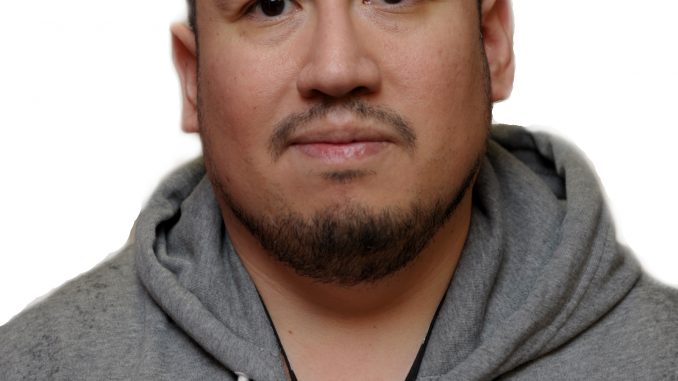
 As the sun shimmered along the foot of my bed, the morning greeted me with seven loud chirps. The sounds came not from outside my window, but from the inside of my smartphone. It was Twitter alerting me that something was waiting for me — something I thought would be newsworthy or at least worthwhile. I was wrong.
As the sun shimmered along the foot of my bed, the morning greeted me with seven loud chirps. The sounds came not from outside my window, but from the inside of my smartphone. It was Twitter alerting me that something was waiting for me — something I thought would be newsworthy or at least worthwhile. I was wrong.
Two of the tweets read: “This won’t hurt at all” and “Drove passed it like before…”
What does that even mean? I was not grading these tweets for grammar, but for clarity. The thought of trying to decipher the “hurt” described above made me drop my phone and lay myself back down to bed.
I know most of my followers in real life, and they seemed very interesting to talk to. Naturally, I wouldn’t have followed them if my encounters with these people led me to believe otherwise. However, sometimes your experience with Twitter doesn’t turn out the way you expect.
In 2006, Twitter had the concept of creating a way to quickly send a status report to a group of people. However, the idea of what the content should be has always been interpreted by the user. What constitutes a good or bad tweet? Everyone seems to have an account and a voice — even if that voice is incomprehensible.
There are two key elements to this popular social network: following and being followed. The first option seems easy enough, just click on whoever you think can stimulate your mind. The second option is a bit difficult, but possible to achieve.
Stephen L. Johnson, an assistant professor of management information systems at Fox School of Business, discussed how insubstantial posts can have consequences.
“When someone uses Twitter to share random incoherent phrases, they are unlikely to attract much of an audience,” Johnson said.
If you’re out to accrue followers as an Internet socialite, your first priority has to be your followers. Your message has to be clear and precise. A tweet is related to the sound of a loud, swift chirp of a bird. The description suggests a short, yet strong message, reassuring that a deep thought was initiated prior to typing the post for public view.
However, there are some users who rely on Twitter to communicate to specific people: friends, schoolmates, co-workers and others users who they share a personal relationship with.
As a sort of makeshift texting device, Twitter has been bombarded with illogical phrases, broken sentences and poor grammar. To potential followers, these tweets do not have significance, and it becomes jumbled communication in the public feed when it is not set to private.
Twitter feeds contain a wide spectrum of intelligence. Establishing yourself as a good writer in the community and standing out from the crowd takes effort. However, I sometimes feel that Twitter has developed a stereotype of being a cesspool of ignorance.
“Asking what people say on Twitter is a lot like asking what people talk about on the phone,” Johnson said. “Human communication ranges from the banal, trivial and mundane to the profound, insightful and consequential.”
It seems almost effortless to post a tweet online. With the popularity of Twitter expanding beyond the billions, everyone is jumping into the bird’s nest. Applications such as Instagram, the photo-sharing network that was recently bought by Facebook for approximately $1 billion, have options to share your postings through Twitter. Apple has also joined the flock by implementing Twitter into its operating system, allowing third-party applications to integrate with the social network with ease.
I don’t believe I can be as funny as Dave Chappelle, nor as politically savvy as Bill Maher. So, I’ve largely disregarded the urge to post something witty into the birdhouse, instead mostly using Twitter to follow people. Following someone coherent and entertaining not only brightens up your day, but it can also set an example of good tweeting for budding writers.
Ultimately, this means the responsibility for the quality of a Twitter feed falls on the person clicking the follow button. I could have saved myself the hassle of deleting my notifications from my phone by following the right people. #FML.
Edward Barrenechea can be reached at edward.barrenechea@temple.edu.



Be the first to comment